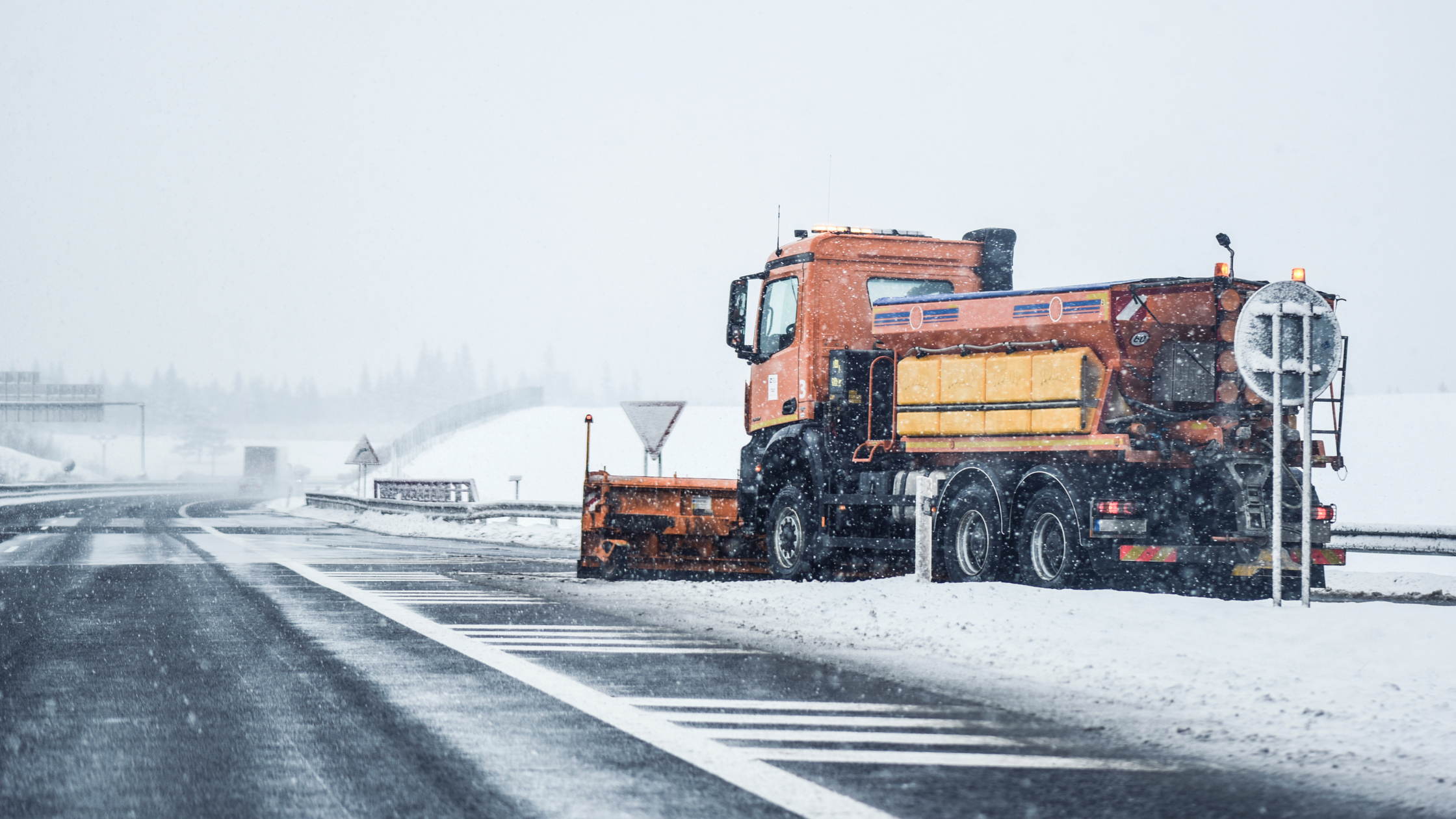
- January 20, 2014
- Katlin Owens
Seven Tips for Safe Winter Driving
Winter is well underway and for many of us, this means snowstorms, ice, and a myriad of other dangerous driving conditions. Driving a big truck takes practice and finesse and when it comes to driving in dangerous winter conditions, it takes a whole lot of experience. So, we asked a number of our veteran drivers to give newer drivers some winter driving safety tips. And below, check out some additional articles about driving in winter road conditions from other experts on the road!
- Slow down. This was the top recommendation to new drivers during winter road conditions. There’s no point in keeping the speed limit if the roads are iced over or covered in a thick sheath of the fluffy stuff. Tread carefully – the slower the better.
- Seek advice. Experienced drivers are always available to give advice, whether over the radio, at a stop, or in the break room. No question is a bad question. In fact, the more questions you have answered, the safer you’ll be!
- Equipment check. As part of a normal pre-trip inspection, make an extra effort to clear ice and snow from all lights. Check your tires for proper inflation. Tires can lose pressure when it is extremely cold.
- Communicate. Talking with your Fleet Supervisor will help others on the road stay in tune with conditions and if things get too dangerous, staying up to date with someone on your team may help prevent an accident.
- Pay Attention. Are you driving in sleet? Is it actually snow or ice? Knowing the difference provides keys to the air temperature and condition of the road. Spray thrown-up by tires does not always mean the temp is above freezing. It could be the result of treated roads. Use other clues such as ice forming on mirrors, wipers, and antennas as indicators of air and road temperature. Experience teaches that conditions change by the mile.
- Know your comfort zone. Just because others on the road are going full speed or not practicing safety precautions, doesn’t mean you should too. Whether it’s slowing down, checking equipment, or asking as many questions as you like, being comfortable is an important element of staying safe.
- STOP. Of course, if it comes to it, there’s no shame in stopping. Pull into a safe location and wait for safe conditions before resuming your trip. Better to get freight there late than not at all.
What’s your number one safety tip during winter weather?
For more tips and resources, check out these articles.
- Yahoo News: http://news.yahoo.com/truck-drivers-offer-safety-tips-winter-road-conditions-141100286.html
- Life as a Trucker blog: http://www.lifeasatrucker.com/winter-driving-safety-tips.html
- TSA article: http://ezinearticles.com/?Truck-Driver-Safety-Tips-To-Reduce-Winter-Trucking-Liability&id=5192778
- Or, join in on the Facebook conversation: https://www.facebook.com/ConwayTruckload/posts/10152093111883708
Tags:
Leave Your Comment
Many desktop publish packages web page editors now use model text
search for sites their infancy.